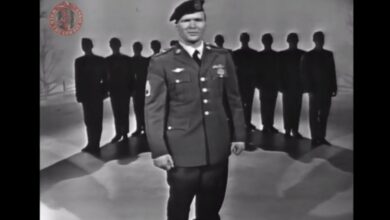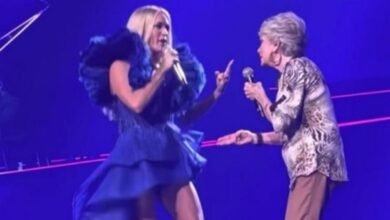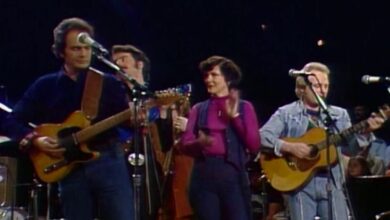Dion and Groban’s “The Prayer” is cherished by listeners in their 70s as the best duet.
Celine Dion, born on March 30, 1968, in Charlemagne, Quebec, is renowned as one of the most remarkable voices in modern music history. Her musical journey began in her small, French-speaking hometown, where she started showcasing her talents at a young age, performing at local venues and winning the prestigious Yamaha World Popular Song Festival in 1982. This early achievement launched her into the limelight within the French-speaking music scene, but it was her transition to English-language music that firmly established her as a global megastar. With her powerful and expressive vocal range, Dion won over international audiences with hits like “The Power of Love,” “My Heart Will Go On,” and “Because You Loved Me.” Her impressive accolades include multiple Grammy Awards, marking her significant impact on the music industry.
In contrast, Josh Groban was born on February 27, 1981, in Los Angeles, California. His musical journey was greatly influenced by his mother, a singer who encouraged him to follow his passion. After refining his talents in theater and music at prestigious schools, Groban’s breakthrough came in 1999 when he performed at a rehearsal for Andrea Bocelli. Following this, he signed with Reprise Records, leading to the release of his self-titled debut album in 2001. The album’s success, fueled by his distinctive blend of pop and operatic vocals, quickly brought Groban into the spotlight. With popular songs such as “You Raise Me Up” and “When You Say You Love Me,” he won the hearts of many, solidifying his place in the contemporary music landscape.
Their spontaneous duet during Grammy rehearsals exemplifies a moment where their careers intersected, creating unexpected artistic synergy. Both Dion and Groban represent different artistic trajectories and experiences, weaving together a rich tapestry of musical expression. Dion’s seasoned professionalism melded with Groban’s youthful enthusiasm, highlighting their individual talents and the remarkable possibilities that arise from collaboration. This encounter illustrated how established artists can harness the fresh energy of emerging talents, promoting a spirit of mentorship across generations within the arts.
Their rendition of “The Prayer,” originally crafted as a duet for Dion and Bocelli, was revitalized through their collaboration. The song’s themes of hope, unity, and compassion struck a chord with audiences, transcending cultural and linguistic divides. Groban’s contribution added a new emotional layer to the piece, enriching its original essence. Their joint performance honored the timeless nature of the song and showcased Groban’s ability to harmonize with a powerhouse like Dion, further intertwining his journey with the essence of contemporary music.
After their Grammy rehearsal, both artists continued to advance in their respective careers, yet the performance left a significant imprint. Groban explored various musical genres post-2000, including classical and Broadway-inspired ballads, collaborating with diverse artists and showcasing his versatility and captivating live performances. Simultaneously, Dion remained a formidable presence in the music world, consistently delivering heartfelt ballads, while embracing opportunities in Las Vegas and beyond, as she performed for millions, reinforcing her enduring legacy.
Their duet also embodies a broader artistic narrative where mentorship and collaboration play vital roles in artistic development, particularly in the dynamic music industry. Dion’s support for new talent and her openness to share the stage reflect a holistic approach to artistry, emphasizing growth over competition. This philosophy enables emerging artists like Groban to thrive, offering them a platform to shine and carve their own identities within the industry.
Both artists have made a concerted effort to connect with their audiences through music that resonates with shared human experiences. Dion’s lyrics frequently explore themes of love and resilience, whereas Groban’s compositions delve into universal emotions and storytelling. Their iconic performance serves as a powerful reminder that music is a medium for connection, capable of bridging gaps across different generations and styles.
As they continue to evolve, both Dion and Groban remain influential on their individual paths. Their intertwined narrative underscores the significance of embracing unexpected opportunities and celebrating the beauty that arises from collaboration. The moment of their Grammy rehearsal stands as an inspiration for aspiring musicians, illustrating that even spontaneous encounters can lead to transformative experiences that are worth cherishing.
In the end, the legacy of Celine Dion and Josh Groban’s chance performance is etched in musical history, reminding us that art flourishes in environments where connection and inspiration thrive. Their duet not only transformed their careers but also inspired countless fans, creating a ripple effect that continues to resonate within the music community—encouraging artists to share their talents and nurture the spirit of collaboration in their creative pursuits.





